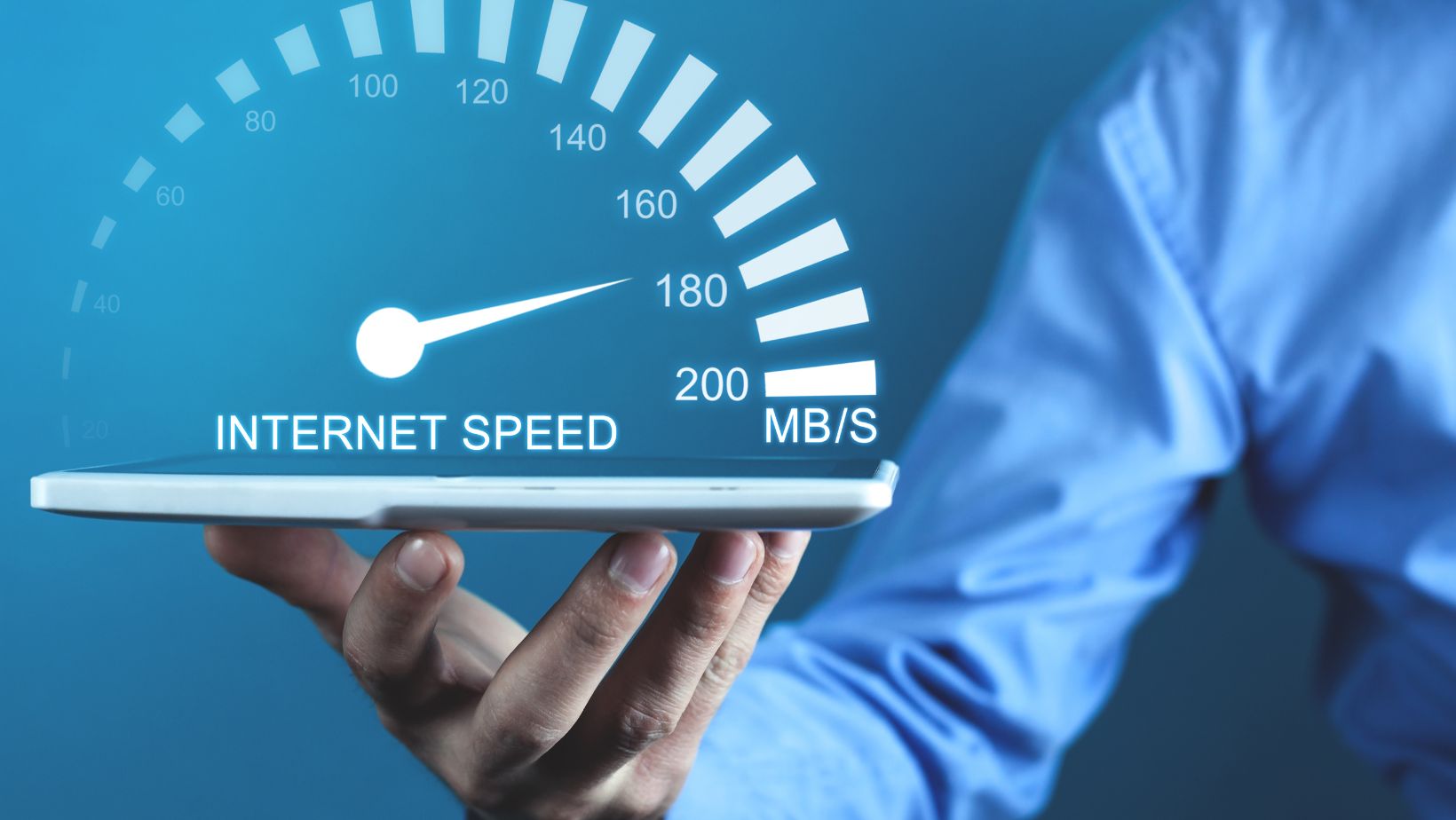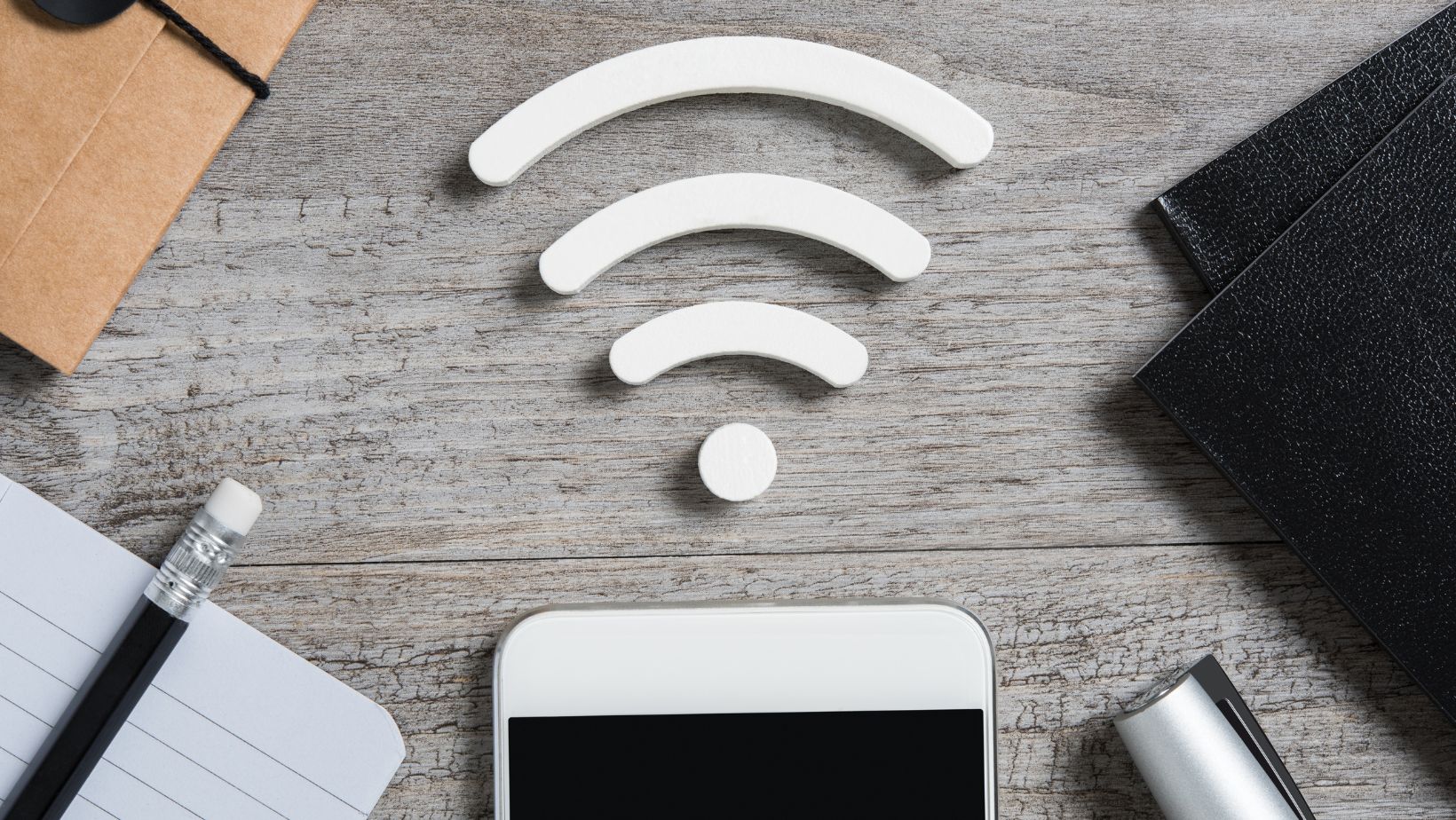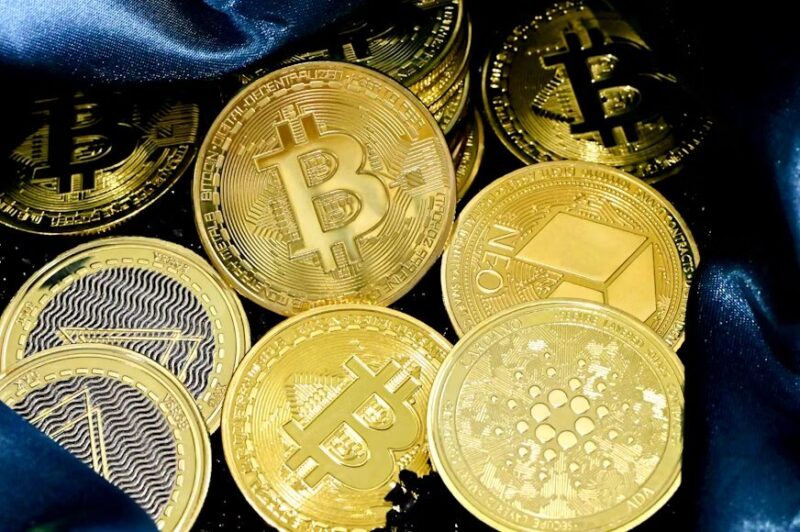
Blazing fast internet
No lag
Unlimited internet
Companies make all kinds of claims, but it all comes down to technology. This is the reason the same speed and package with cable internet is slower than fiber optics.
Therefore, if you pick the right Internet connection type, nothing else matters. But how do you navigate through this internet jungle filled with different brands claiming to offer the best fiber internet?
Is there anything like a “best fiber internet,” or are all fiber internet the same?
If you are confused, here is a quick guide to fill you up on everything related to fiber optic internet.
What Is Fiber Optic Internet?
Optic fiber is a very hair-thin fiber strand used for carrying internet signals from one place to another. The thickness of this strand ranges from 125 to 250 microns or approximately 0.125 to 0.25 millimeters.
If you look at the structure of the optic fiber, you will notice a very thin core and a thick clad, both made of glass. Regardless of the thickness and material, fiber optic is not fragile at all; in fact, it is quite strong.
The history of fiber optics can be traced back to the 1960s when Elias Snitzer and Will Hicks noticed dust practices in open air impeding the passage of light. This convinced them that there was no better material for carrying light than a glass cable.
Later, in 1970, the first fiber optic cable was developed. Since then, fiber optics has earned a good reputation as an innovative technology used for transmitting signals.
So, how does glass carry signals, you may ask?
To answer this question, here is a quick overview of how it works.
How Fiber Optic Internet Works?
Linked to the usual copper cables internet, where electric signals are transmitted, fiber optics internet carries signals in the form of light. Since light travels much faster than electricity, it does not lose speed and effortlessly covers distance; this perfect combination makes optics internet faster than any other internet connection type.
The tiny optic fiber optic cables are then wrapped with optical material to ensure that light escapes throughout the distance. This eventually ensures little to no signal loss, and data reaches from one point to another seamlessly with no jitter or lag.
This brings us to signal styles and their frequency. The data within fiber optics is just like a Morse code. When data is transmitted, it gets converted to flashing light signals and reaches from the sender to the receiver in no time. So, the faster the optic laser flashes, the quicker the data is transferred.
Is Fiber Internet Worth It?
With high symmetrical speed, seamless connectivity, no lag, fewer outages, high reliability, and 20+ devices support simultaneously, fiber internet has everything that users look for.
Therefore, if you are looking for a powerful internet for your work, online gaming, data mining, or blockchain development, there is no better option than fiber optic internet.

However, the limited availability and huge price tag might be the biggest reason fiber internet is not a popular choice. Additionally, the speed and bandwidth are much more than most domestic users would need, so most users stick to their trusted old cable internet instead.
Here is a quick overview of fiber optics internet so you can see if it is worth it.
| Pros | Cons |
| 10 to 20 times speedier than cable internet | Only 55.61% of US residents had access to fiber internet as of June 2023 |
| Less prone to outages as compared to cable internet | Fiber optic internet is reactively expensive |
| Fiber optic internet speed doesn’t throttle and has no peak hours | Most ISPs don’t offer fiber internet |
| Offers symmetrical speed | Overall growth and spread rate of fiber internet is slower. |
| 10 times more bandwidth compared to cable internet | Offers much better speed than most users would need for household use |
| less likely to be affected by outages due to weather issues | Limited to urban regions only |
Types of Fiber Internet
Now that you understand the pros and cons of using fiber internet, you can make an informed decision about choosing the right kind of internet.
However, before you pick the ISP, you also need to know the type of fiber technology plays an important role. There are three main types of fiber optic cable internet. These types impact overall user experience, speed, etc.
Fiber to the Home
The first type of fiber internet is fiber to the home. This type of fiber internet is commonly known as the premises, FTTH, or FTTP. Among all the types, this is the fastest and most reliable fiber optic cable internet.

Within this type, fiber optics comes straight to the user’s home; hence, the name fiber to the home.
Fiber to the Curb
Fiber to the curb, or FTTC, is the fiber internet where the fiber reaches your home via coaxial cable. In this technology, fiber gets to the utility pole, which is generally placed outside the house or on the street, and then a coaxial cable is used to connect the house. The main drawback of FTTC is that the signal is slightly degraded from the point where copper enters the network.
Fiber to the Node
Fiber to the node, neighborhood fiber, or FTTN, is the least effective kind of fiber internet. Since this type of fiber involves the least amount of fiber, the speed is relatively slower. The fiber gets within one-mile range of the house, so going through all the metal slows down the internet speed.
Apart from the fiber internet types, optical fiber also has two different types. Here is an overview of some of the fiber optic types:
Single-Mode Fiber
This fiber optic type is ideal for long-distance data transmission. Single-mode fiber has a tiny core and only transmits data via one light beam. The maximum data transfer rate via single-mode fiber is one terabit.
Multimode Fiber
This fiber optic type is ideal for transmitting data for short distances. The core of multimode fiber is relatively larger than single-mode fiber. As a result, multiple light paths can transmit data simultaneously. Multimode fiber can transmit data at the rate of 10 gigabits per second (Gbps).
Who Should Choose Fiber Internet?
With so many benefits, every user thinks of upgrading to fiber internet. However, considering the speed, price, and availability, most people end up reconsidering this decision.
If you are also considering choosing fiber internet over your current internet connection type, here is everything that you need to consider before switching:
High Speed
There is no doubt that fiber internet offers high speed; however, this feature is only attractive to people who need blazing-fast internet. If you are an average internet user who just needs to browse the internet, keep up with news, or want to use social media, cable internet is good enough for you.
High Price Tag
The high price is one of the biggest deal breakers for most customers. Most of the ISPs offering fiber internet have very limited availability, so in areas where fiber is available, the price is high. As a user, if you think your current internet connection type is good enough, there is no need to upgrade.
VOIP Features
For a small business, work from home, or regular users VOIP feature is a very evident attraction. However, with many free VOIP apps offering free audio and video calls, paying extra just for VOIP is not a wise choice.
Asymmetrical Speeds
Asymmetrical speeds are a luring feature for people working from home or sending huge files over the internet. If you are a content creator, freelancer, graphic designer, developer, or gamer, Fiber Internet is a perfect choice for you. However, if you are just a regular internet user, then fiber might not be for you.
Enhanced Security
Data security is very important for people who are using the internet for work. With copper lines, stealing the internet and accessing private information is easier. So, if you are working with sensitive data, upgrading to a fiber connection is a good option.
Good Reliability
If you are tired of outages or you lose signals now and then, it is better to switch to fiber. Fiber internet offers good enough speed, and it is much more reliable and consistent. So, if you are thinking of switching just because you are getting tired of your current connection, upgrading is a good option for you.
Leading Providers Offering Fiber Internet in the USA
Now that you have decided to upgrade to fiber internet, here are some of the best internet service providers in the USA offering fiber internet:
| Download Speeds | Availability | |
| Clearwave Fiber | Up to 1 Gbps | 4 states |
| Optimum | Up to 8 Gbps | 21 states |
| AT&T | Up to 5 Gig | 21 states |
| Fidium Fiber | Up to 2 Gbps | 7 states |
| Altafiber | Up to 2 Gbps | 3 states |
FAQ’s
Is Fiber Optic Better Than Wi-Fi?
Yes, fiber is much better in terms of speed. Wireless networks do not transmit data at the same speed, so most users prefer fiber.
What Is The Meaning Of Optical Fiber Internet?
Fiber optics is the technology used for transmitting information as light pulses along a thin glass fiber.
What Is The Speed Of Fiber Internet?
The optimum speeds offered by fiber internet ranges from 40 Mbps to 1 Gbps.






